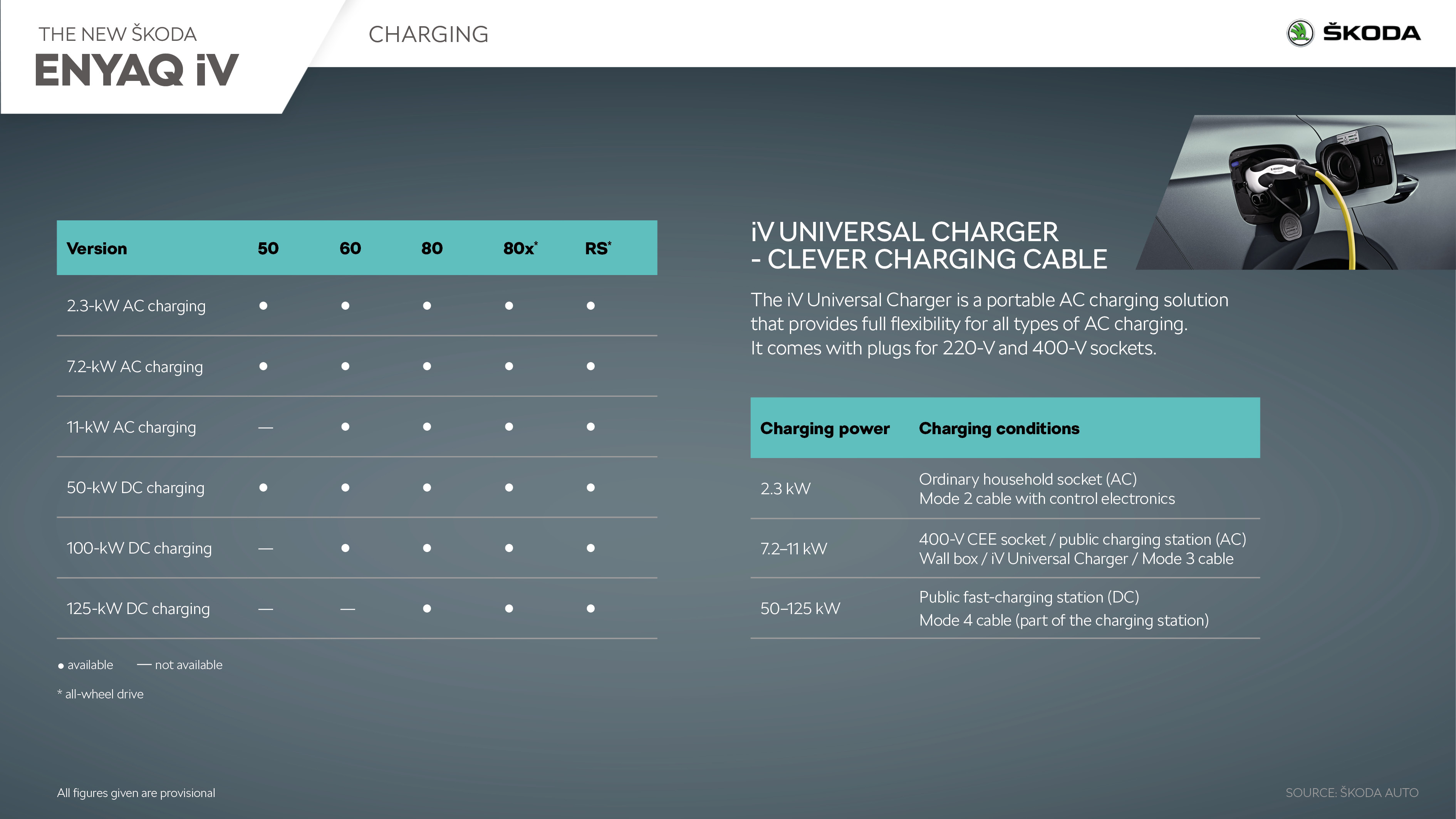All you have to do is drive up to the charger, plug the connector into the socket and that’s it. That’s how simple charging electric cars already is. Still, it’s a good idea to follow a few tips and practices that can extend battery life or reduce charging times.
 An increasingly common sight - an electric car charging in front of a house.
An increasingly common sight - an electric car charging in front of a house.
Modern, high-capacity batteries provide sufficient electric vehicle range. But the way the car is used, and especially how it is charged, can have a significant impact on its lifetimes. “ŠKODA and other brands in Volkswagen Group guarantee that the battery capacity will not fall below 70% for at least eight years or 160,000 kilometres,” says David Pekárek, battery expert at the Czech carmaker.
“We know from experience that battery health is actually much better at those intervals. But it all depends on how the car is used,” he adds. According to Pekárek, for example, the battery does not benefit from long periods of non-use when fully charged or, conversely, fully discharged.






































